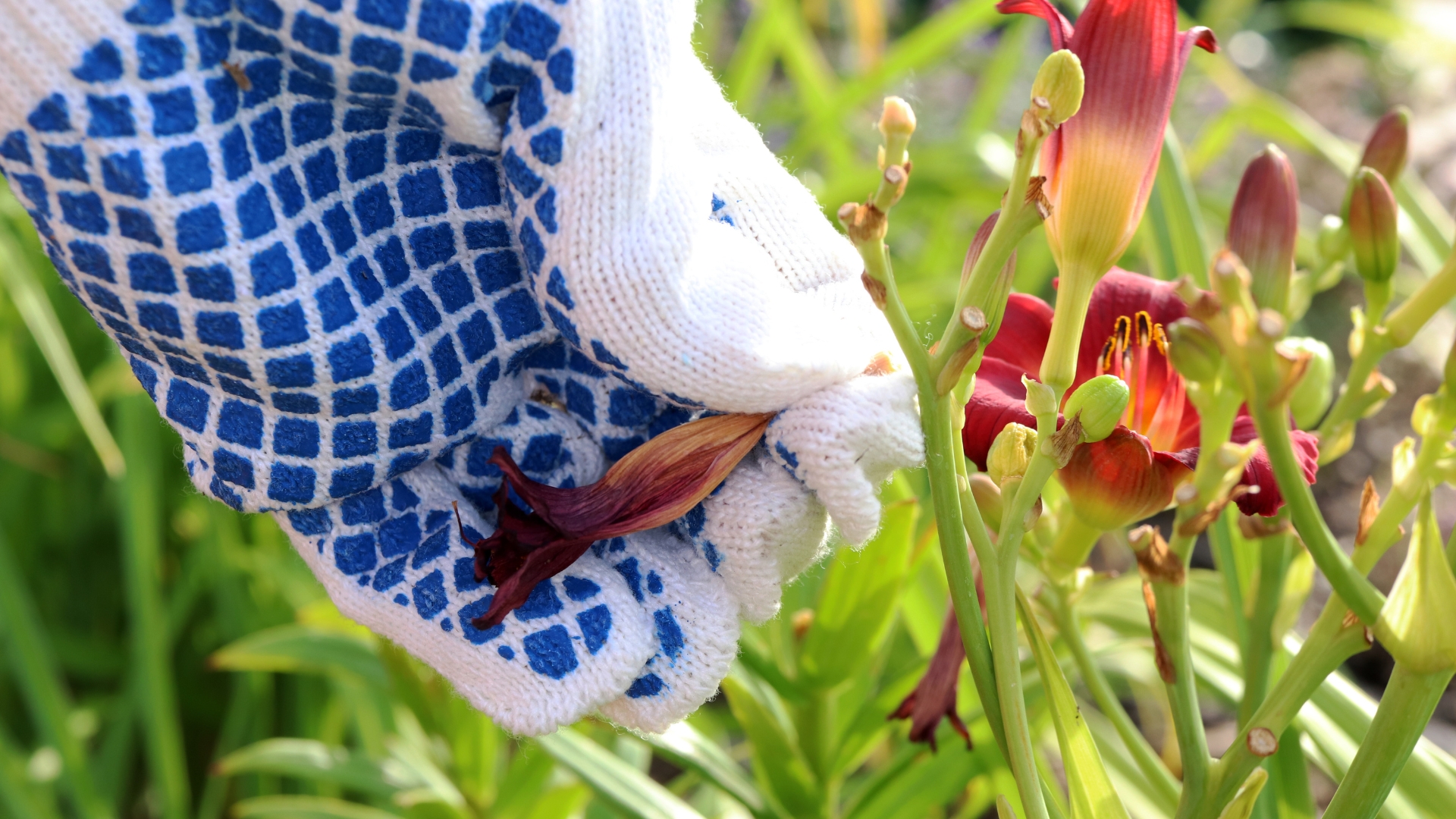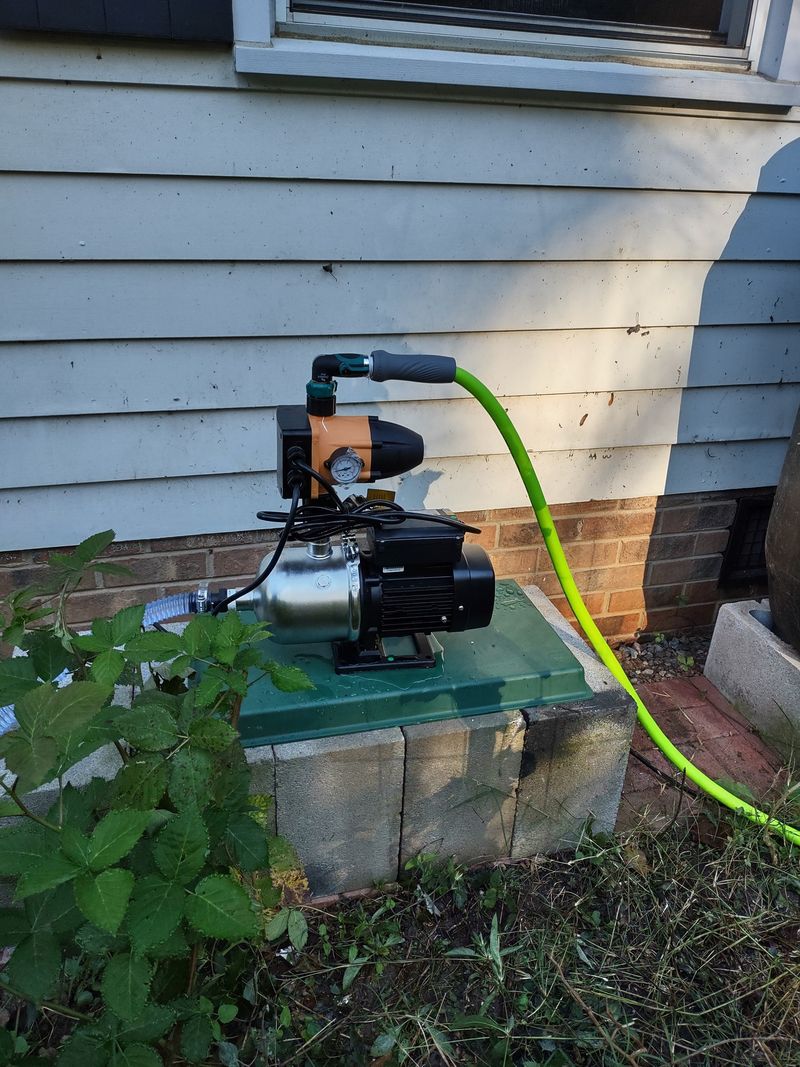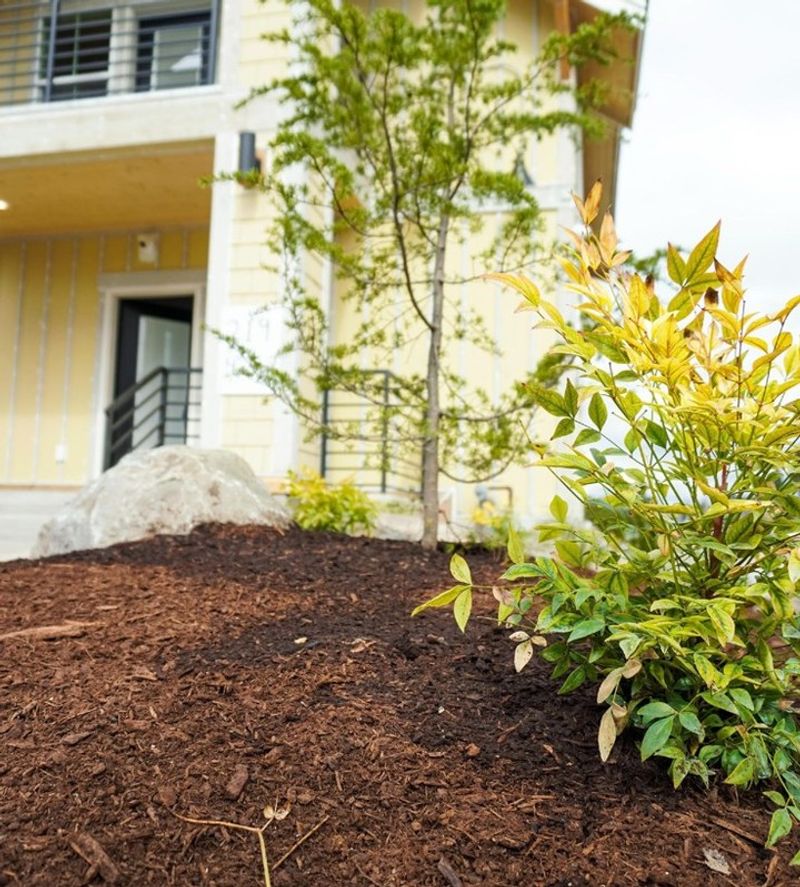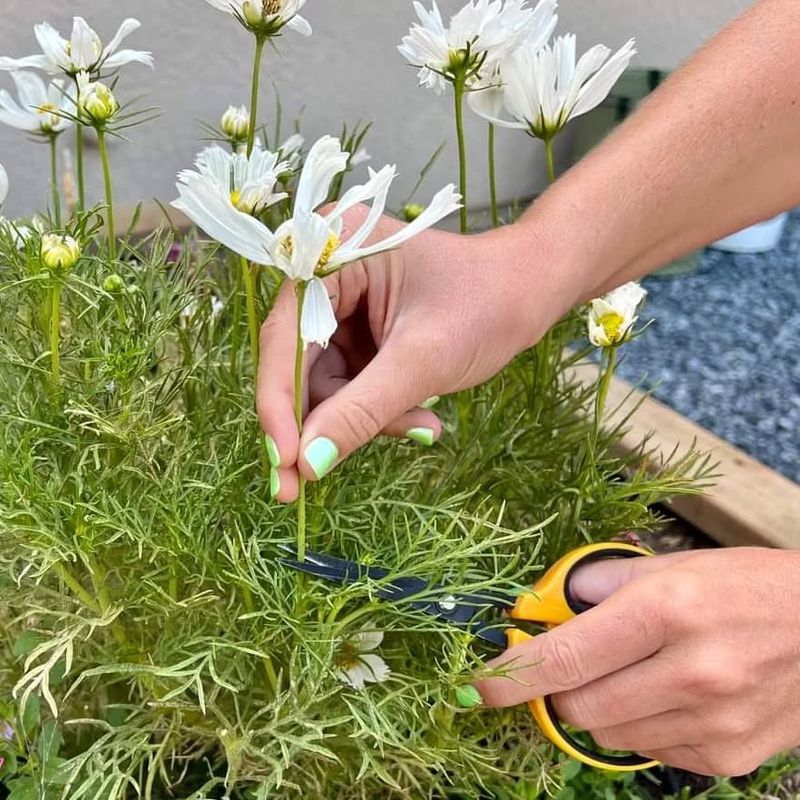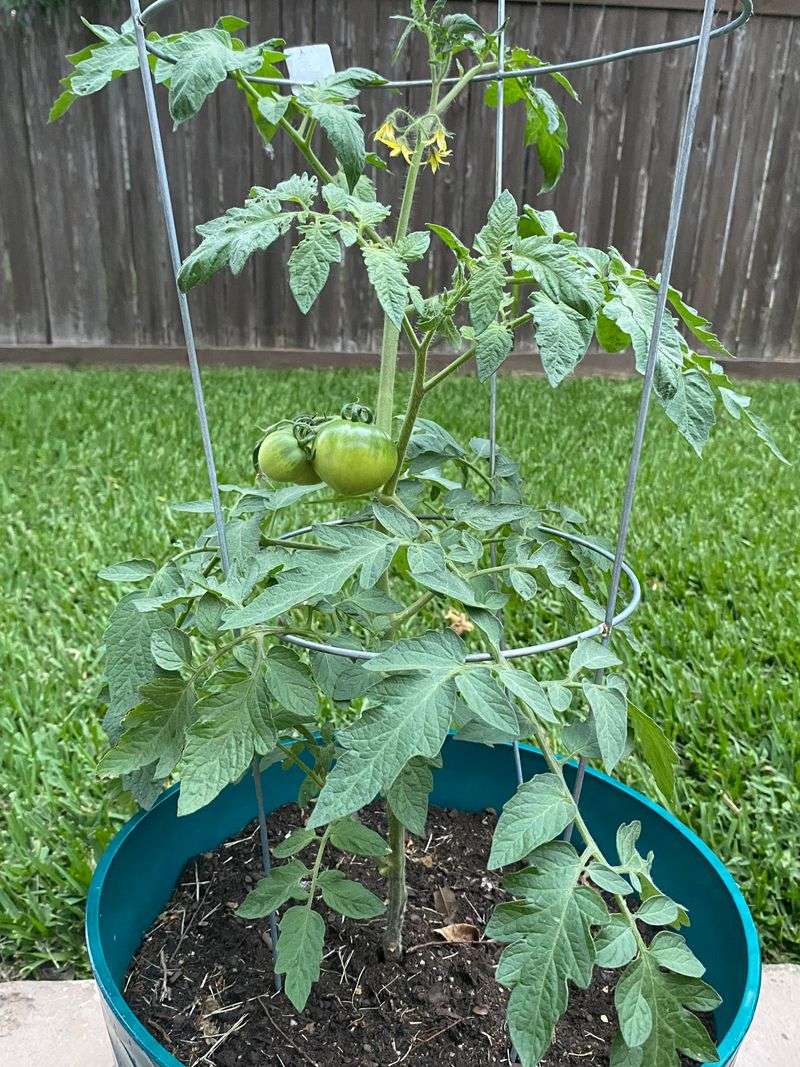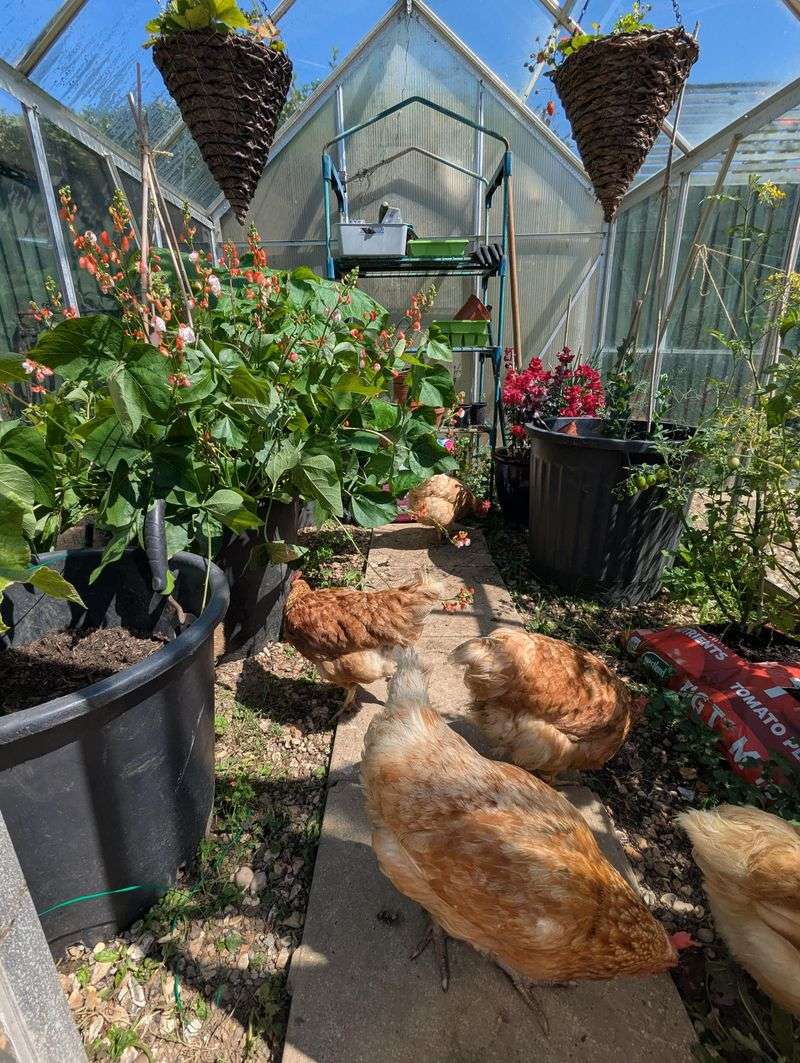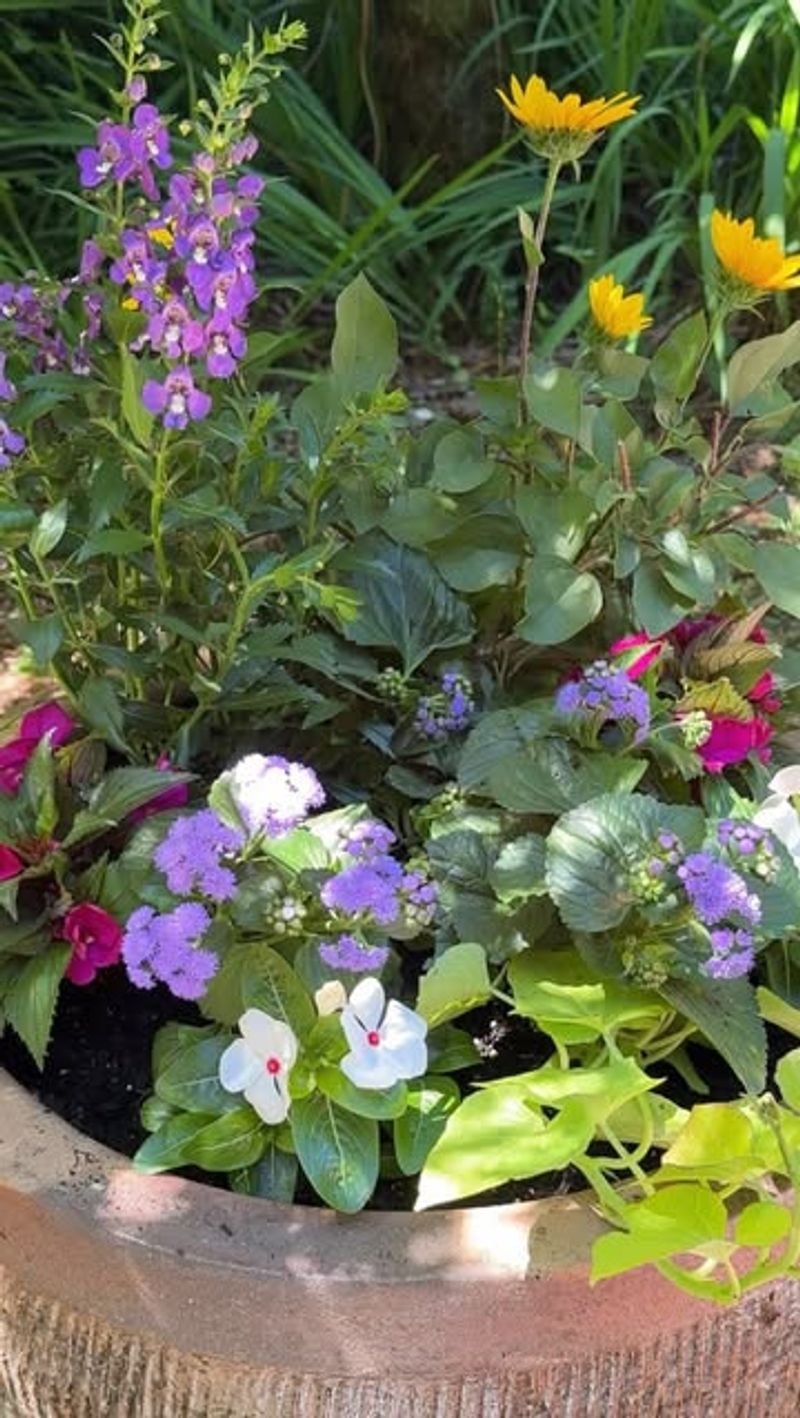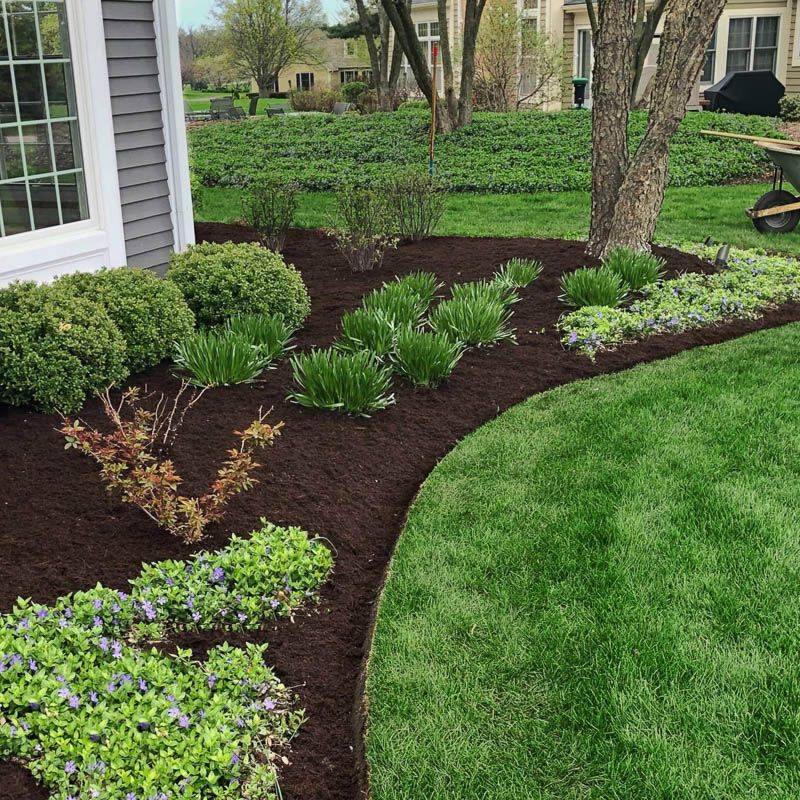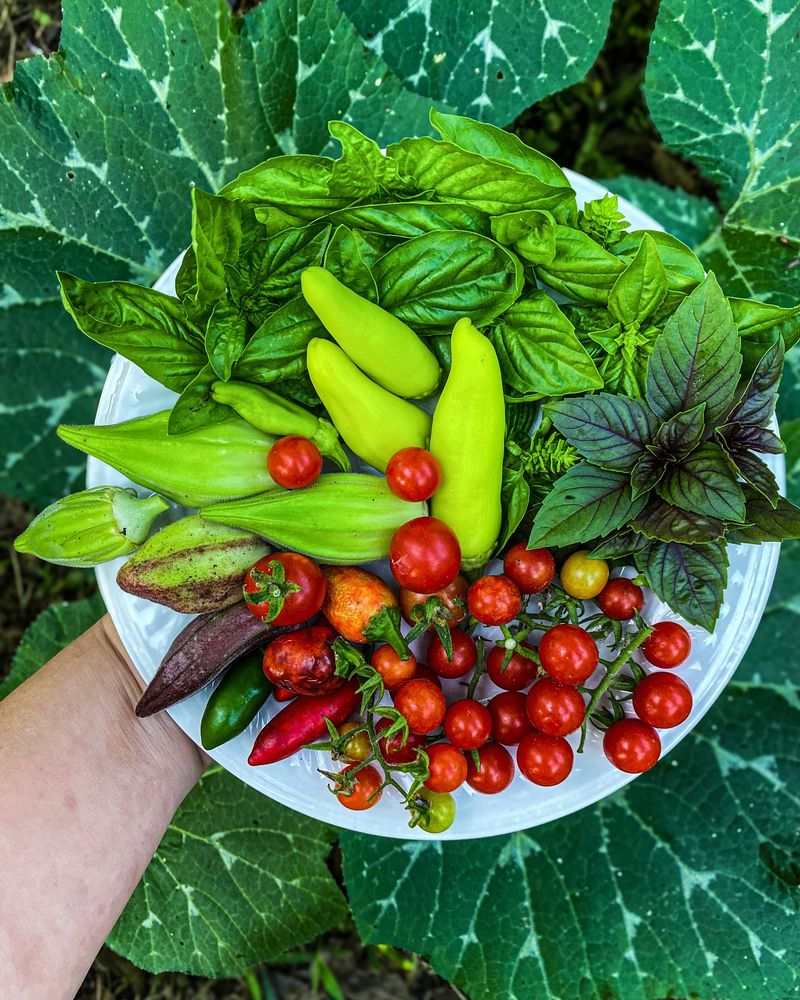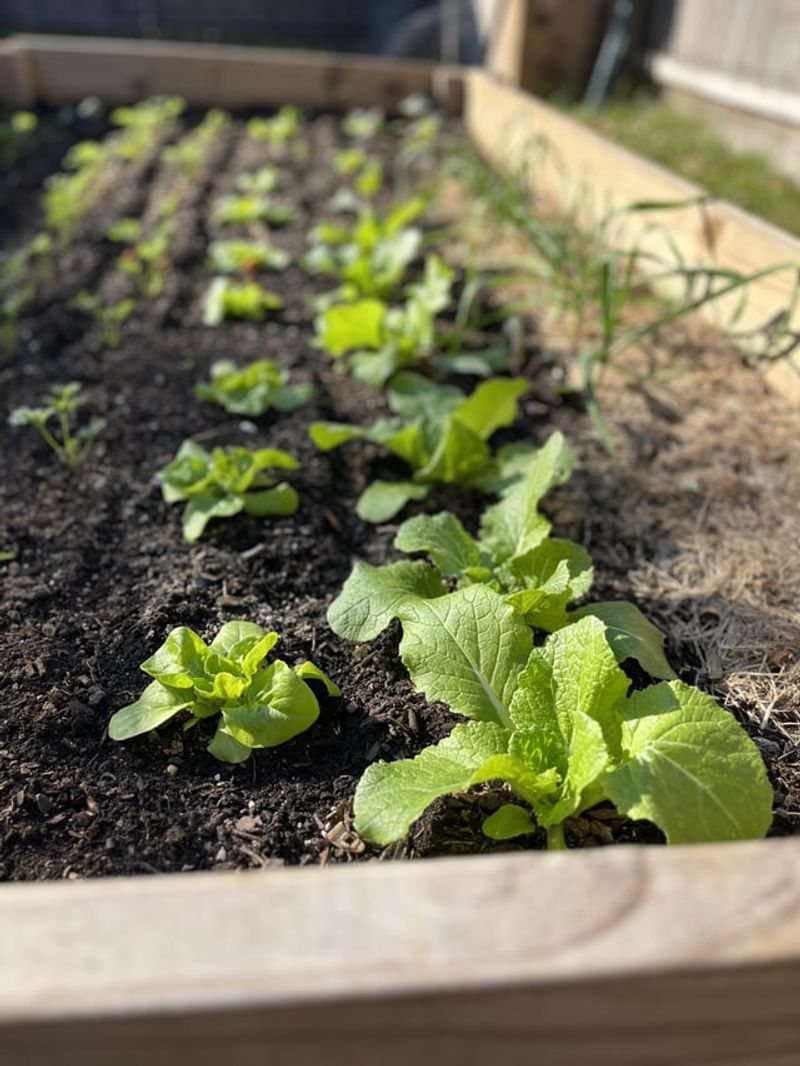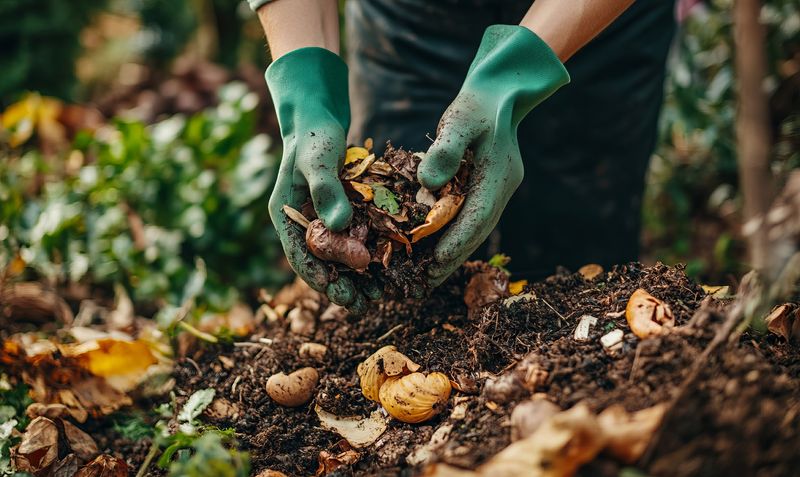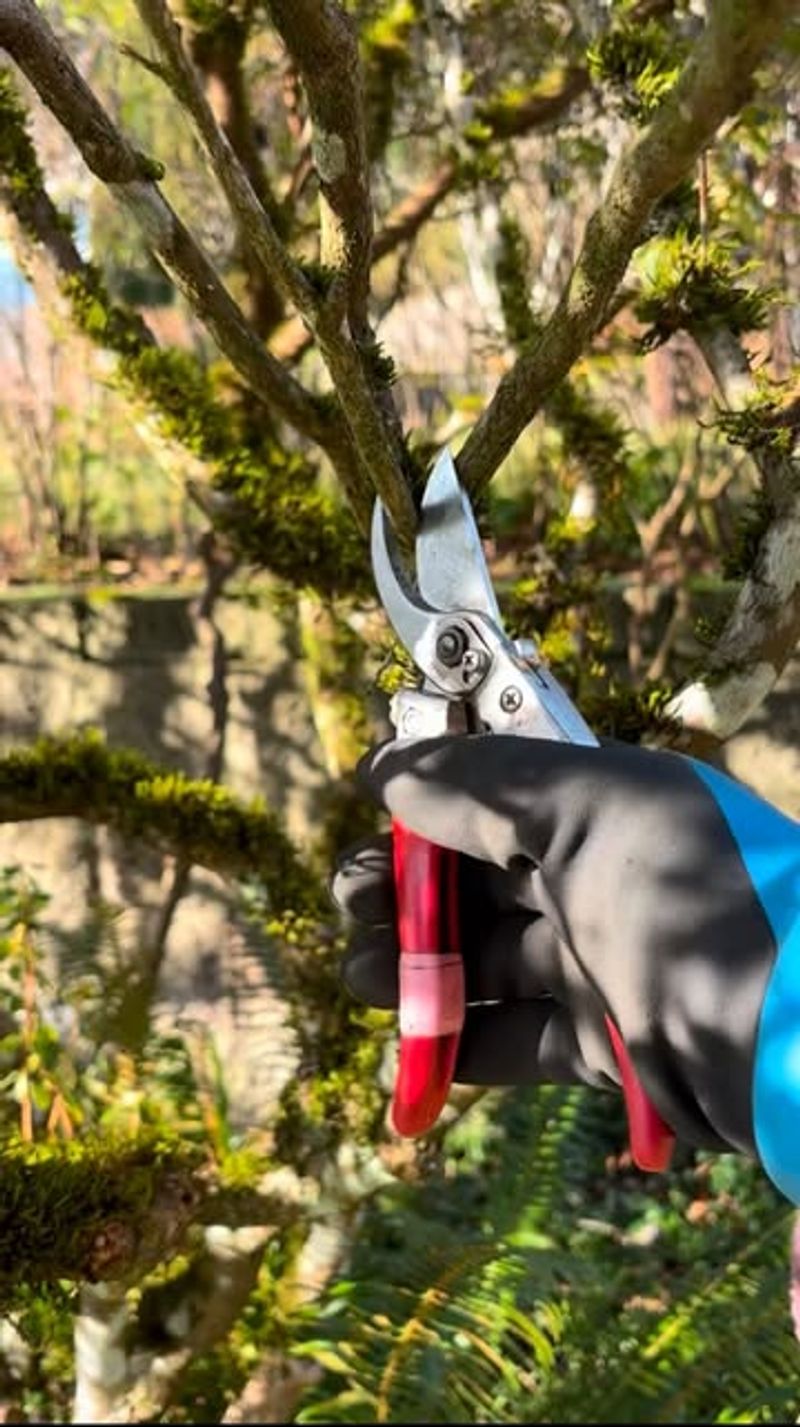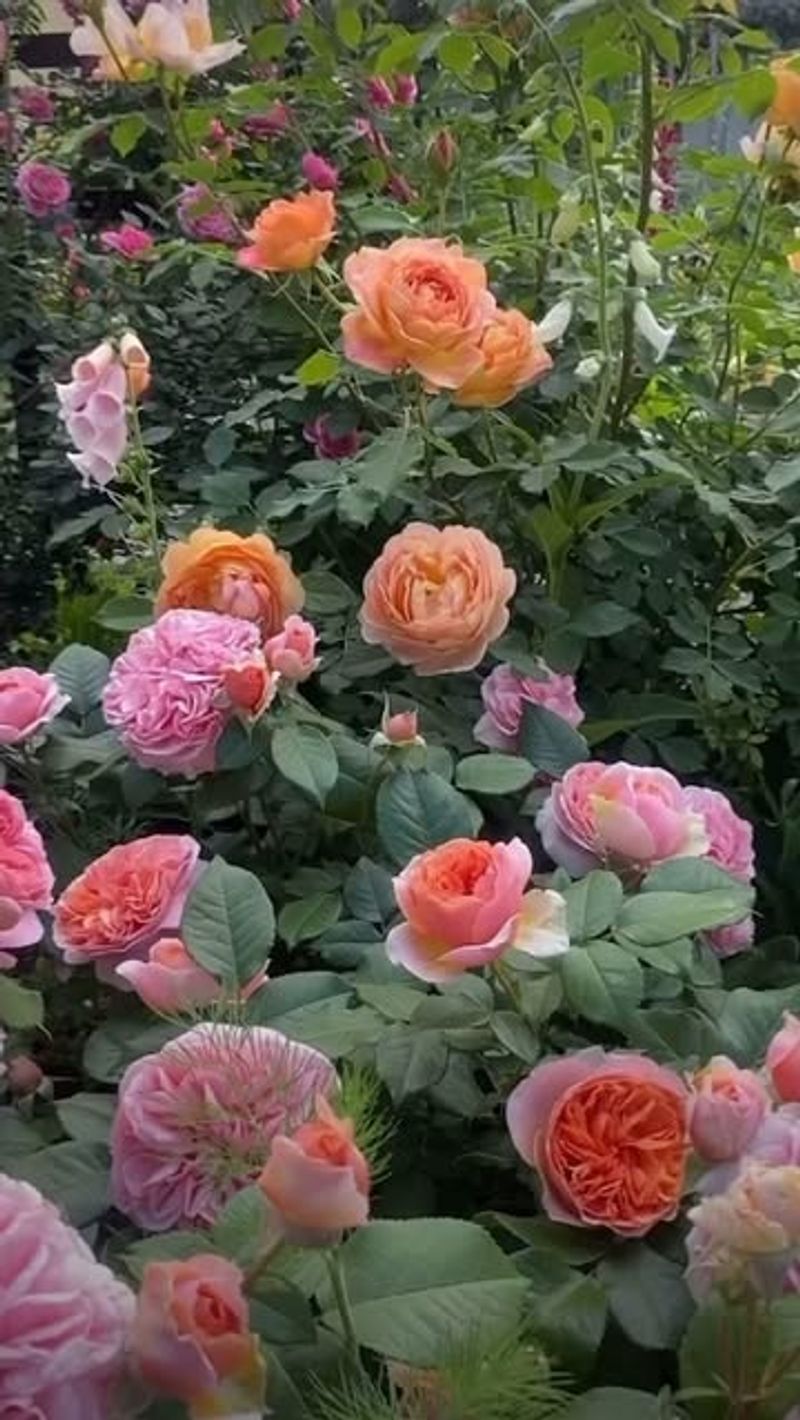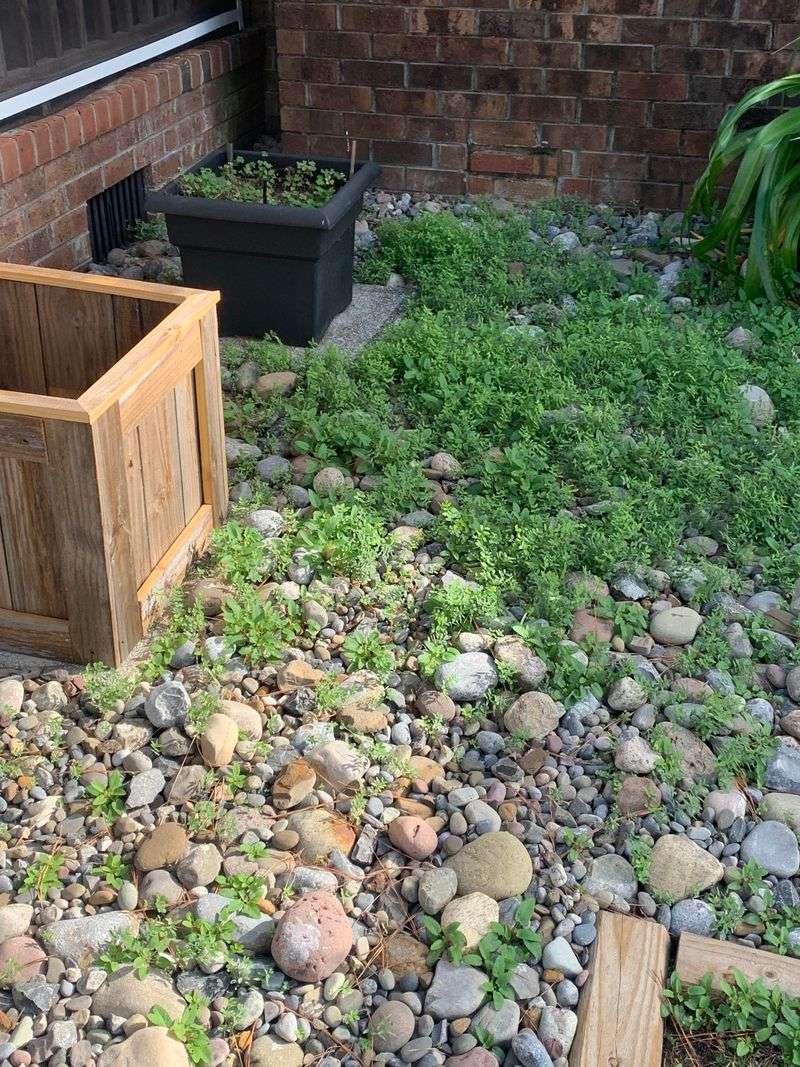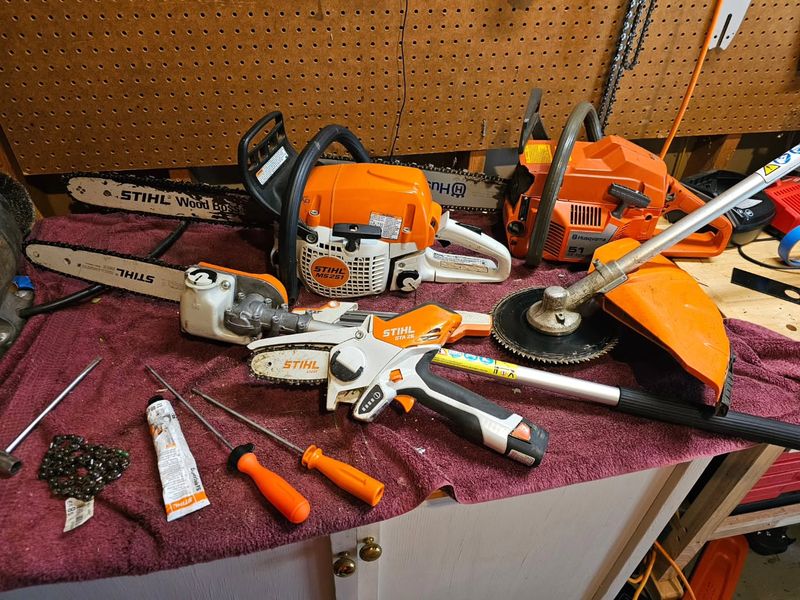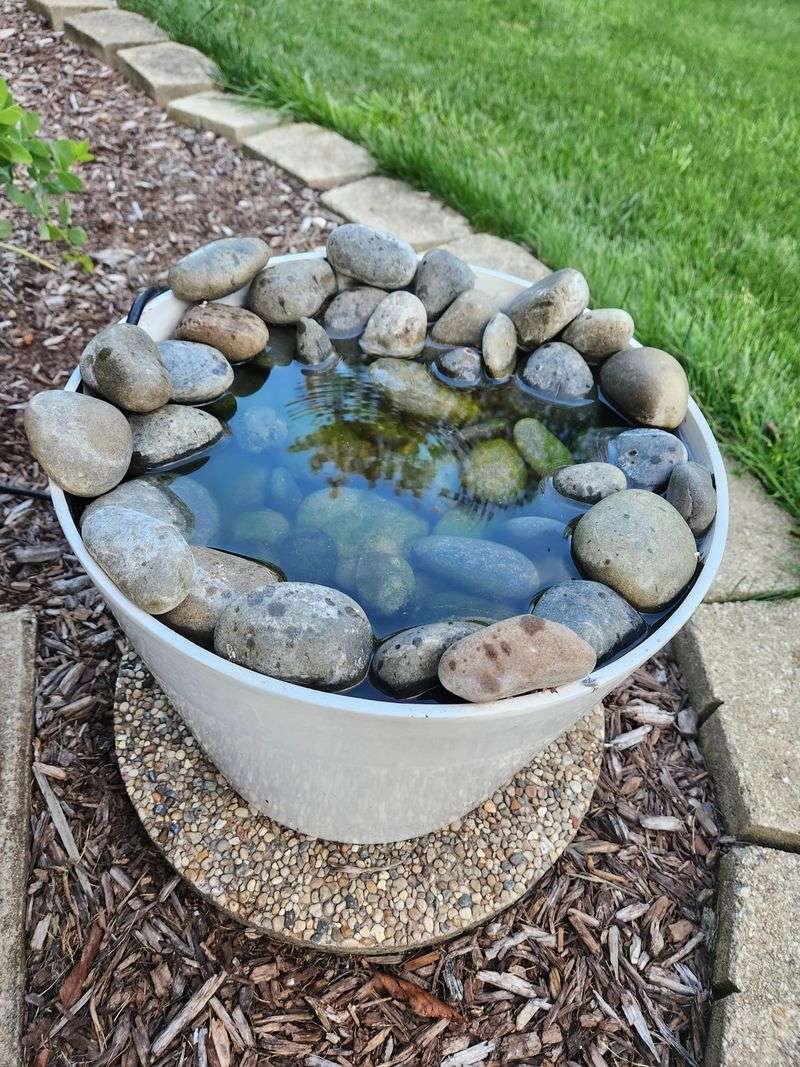July might feel like peak garden season, but skipping the wrong tasks now can lead to a world of trouble later. I’ve learned the hard way that some jobs just can’t wait—especially when the heat’s cranking and plants are in full swing.
These 15 tasks keep things healthy, blooming, and productive all summer long. They don’t take much time, but skipping them? That’s when problems start.
If you want your garden to keep thriving through the heat, this checklist is your best friend.
1. Deep Watering
Morning watering sessions are crucial during July’s heat waves. Plants need thorough soaking rather than light sprinkles, which only encourage shallow root systems vulnerable to drought.
Water deeply but less frequently to develop stronger roots. Focus on the soil around plants, not the leaves, to prevent fungal diseases that thrive in humid summer conditions.
2. Mulch Maintenance
Refreshing mulch now creates a protective barrier against extreme heat. A 2-3 inch layer helps retain soil moisture and suppresses pesky weeds that compete with your plants for nutrients.
Natural mulches like straw or bark gradually break down, feeding the soil as they decompose. Check existing mulch and replenish areas that have thinned out since spring application.
3. Deadheading Flowers
Spent blooms drain energy that could be directed toward new flowers or strengthening the plant. Regular deadheading tricks plants into producing more flowers rather than setting seed, extending your display for weeks.
Simply pinch or snip faded blooms just above a leaf node. Focus on perennials like coneflowers, daylilies, and annuals like marigolds for maximum impact on your garden’s appearance.
4. Tomato Care
Tomato plants need consistent moisture to prevent blossom end rot and fruit splitting. Check for and remove any yellow leaves, especially those touching the soil, as they can harbor diseases.
Keep supporting those heavy branches as fruits develop. Remove suckers (the shoots that form between main stems) to direct energy toward fruit production rather than excessive leafy growth.
5. Pest Patrol
July brings peak pest activity, with aphids, Japanese beetles, and caterpillars multiplying rapidly. Check leaf undersides and stems every few days, especially on vulnerable plants like roses and vegetables.
Handpick larger pests and use a strong water spray for aphids. Consider introducing beneficial insects like ladybugs as natural pest control rather than reaching immediately for chemical solutions.
6. Container Hydration
Potted plants dry out incredibly fast during July heat waves. They might need watering twice daily during extreme temperatures, especially smaller containers exposed to full sun.
Consider moving vulnerable containers to afternoon shade locations. Adding water-retaining crystals or gel to potting mix now can save plants that repeatedly wilt despite regular watering.
7. Lawn Management
Raise your mower blade to 3-4 inches for summer cutting. Taller grass shades soil, reducing moisture loss and discouraging weeds that thrive in hot, sunny conditions.
Consider letting small sections go dormant rather than wasting water. For areas you must keep green, water deeply once weekly instead of frequent light sprinklings that promote shallow roots.
8. Vegetable Harvesting
Daily harvesting keeps vegetable plants productive through summer’s heat. Zucchini, cucumbers, and beans quickly become overgrown and tough if left too long, while signaling the plant to slow production.
Pick in early morning when vegetables are at their crispest. Harvest herbs before they flower to maintain flavor intensity and encourage bushier growth for future cuttings.
9. Fall Crop Planting
July is perfect for starting fall vegetables like kale, carrots, and spinach. These cool-season crops need time to establish before autumn temperatures arrive, making mid-summer the ideal planting window.
Prepare soil with compost and create temporary shade for tender seedlings. Seeds germinate quickly in warm soil but need extra moisture protection during their vulnerable early stages.
10. Compost Turning
Summer heat accelerates decomposition, making July ideal for turning compost piles. The center should reach 140-160°F to kill weed seeds and pathogens while breaking down materials faster than in cooler months.
Add brown materials like dried leaves if your pile contains mostly green kitchen scraps. A balanced pile processes more efficiently and produces richer compost for fall garden preparations.
11. Pruning Shrubs
Early-flowering shrubs like lilacs and forsythia need pruning after their blooming cycle ends. July timing allows plants to develop new buds for next year’s flowers before fall dormancy begins.
Remove no more than one-third of the plant’s growth. Focus on dead branches, crossed stems, and shaping rather than severe cutting that stresses plants during summer heat.
12. Rose Maintenance
Roses face multiple July challenges: fungal diseases, insect pests, and heat stress. Remove spent blooms by cutting stems back to the first five-leaflet leaf to encourage new flowering cycles.
Water at soil level rather than overhead to prevent black spot disease. Apply a mid-season rose fertilizer early in the month to support continued blooming through summer’s heat.
13. Weed Control
July weeds compete aggressively for water when garden plants need it most. Pull them before they flower and set thousands of seeds that will plague your garden for years to come.
Focus on garden edges and paths where weeds often gain footholds. Morning weeding when soil is slightly damp makes removal easier while giving you cooler working conditions.
14. Tool Cleaning
Mid-season tool maintenance prevents disease spread between plants. Dirty pruners and shovels can transfer pathogens throughout your garden, undermining otherwise careful plant care.
Wipe blades with alcohol between cuts on different plants. Sharpen dull edges that tear rather than cleanly cut plant tissue, creating entry points for disease in summer’s humid conditions.
15. Water Feature Care
Garden ponds and birdbaths need extra attention during July’s heat. Evaporation happens rapidly, potentially stranding fish in low oxygen conditions or leaving birds without drinking sources.
Check water levels daily and top off as needed. Clean birdbaths weekly to prevent mosquito breeding and algae buildup that can harm visiting wildlife during summer’s peak activity.

